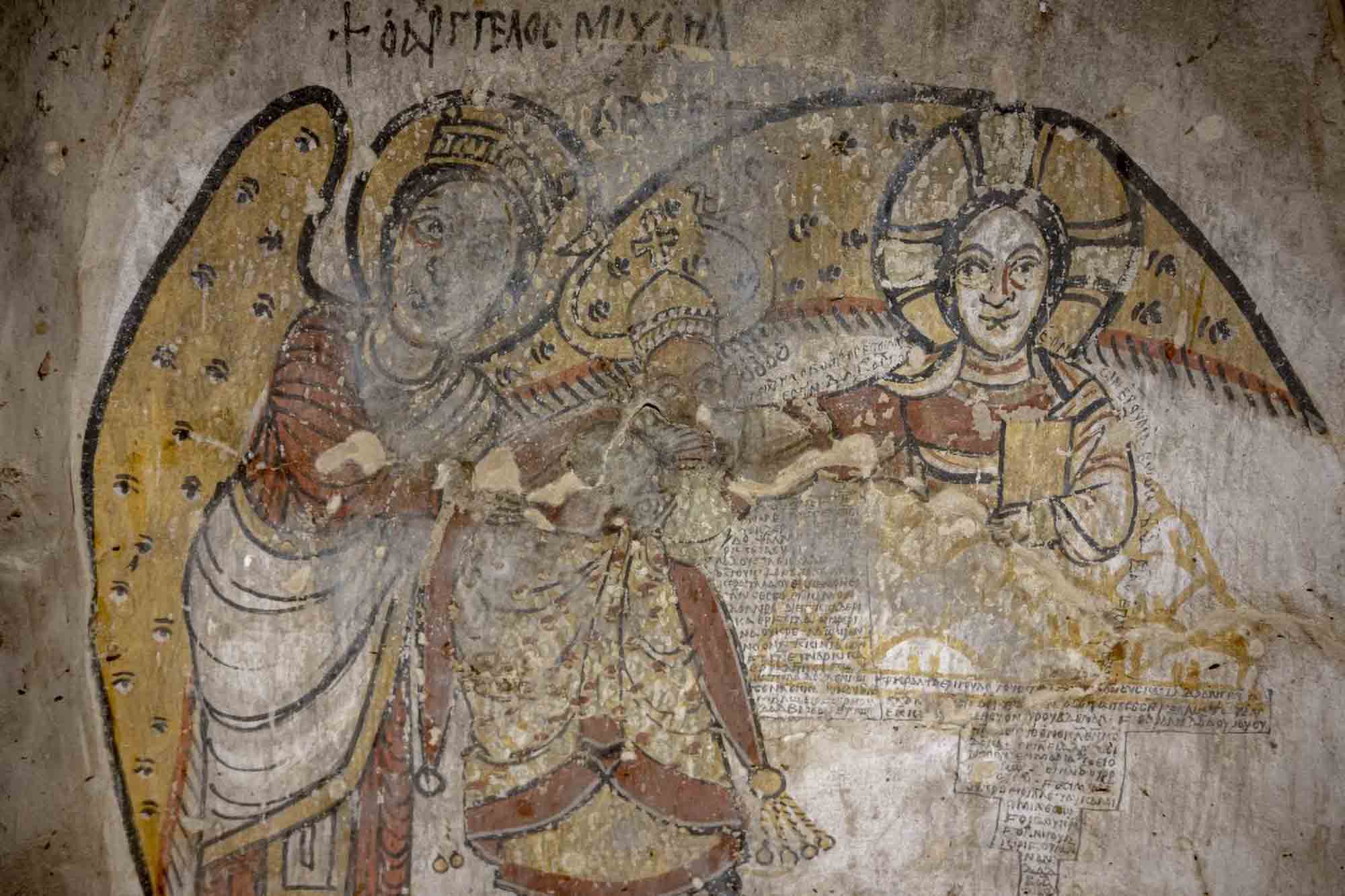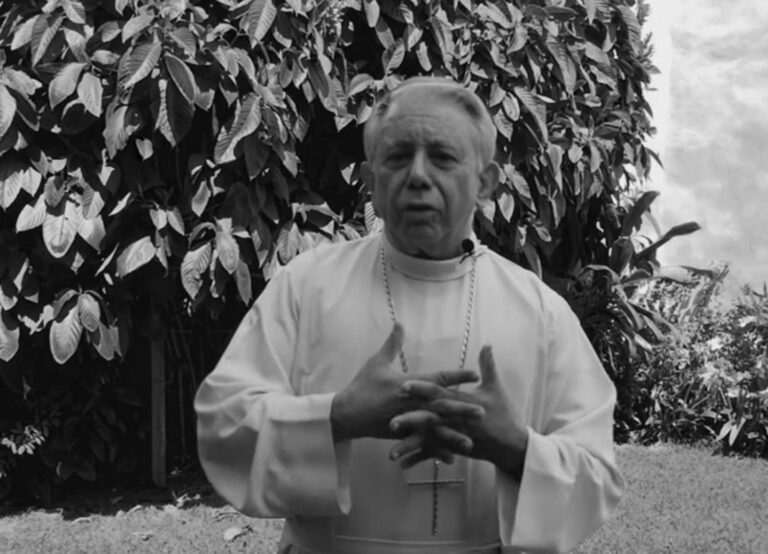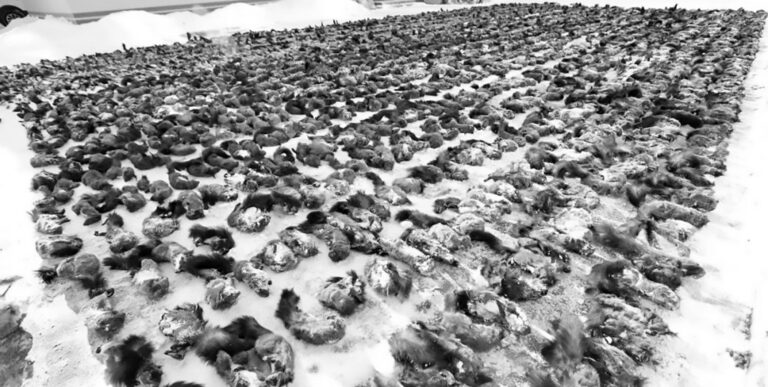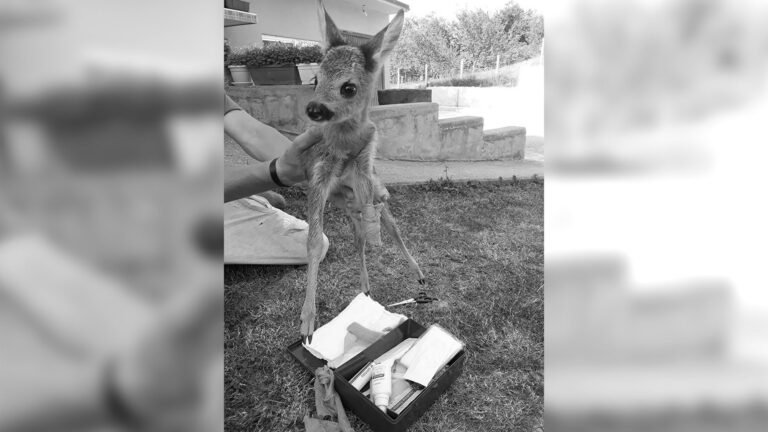Archaeologists in Sudan made a “unique” and “unexpected” discovery when they came across a complex of hidden chambers under a medieval monastery that contain stunning Christian art.
The complex – made of sun-dried bricks with interiors covered in unique pictorial scenes – was uncovered in the Old Dongola region in northern Sudan.
The Old Dongola region – the capital of the Kingdom of Nubia – is considered to be the heart of the Kush civilisation (2000 BC to 350 AD), which is believed to be one of the oldest human civilisations in the world.
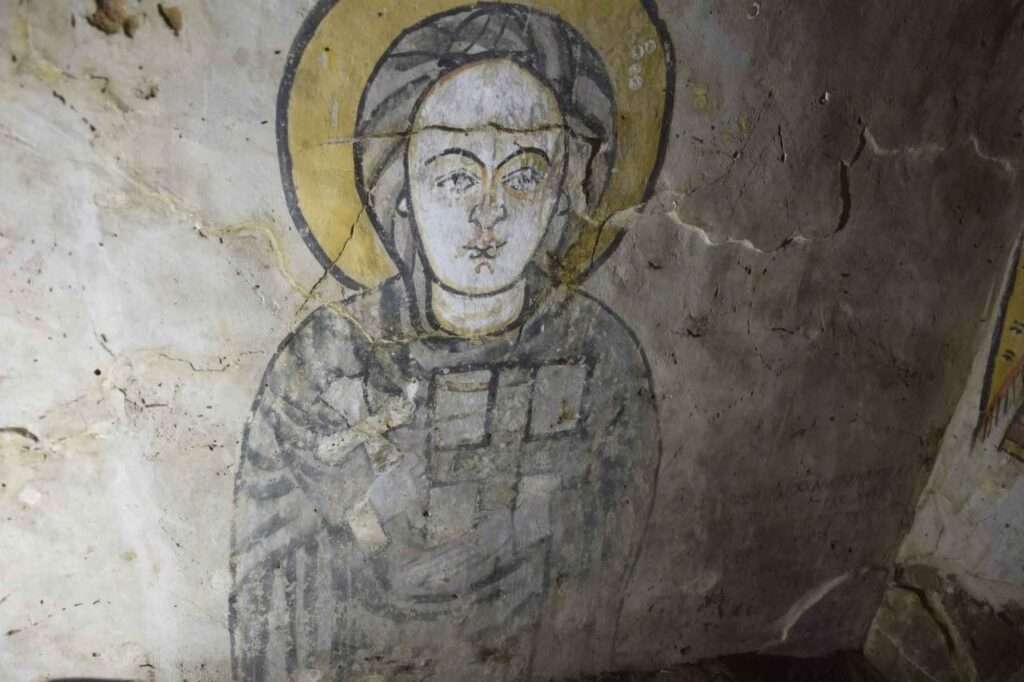
Researchers from the European Research Council led by archaeologist Kazimierz Michaowski made the discovery while exploring houses dating from the 16th-19th centuries.
To their surprise, they happened upon an opening in one of the houses which led downstairs and into a small room – the walls of which were decorated with unusual paintings of Jesus, the Virgin Mary, and a Nubian king.
Researchers noted the depiction of the Nubian king was very unique – with the Archangel Michael shielding him with his wing while he kisses Christ’s hand.
They said this was never-before-seen in Nybian art, where angels are always shown in a fixed position.
Archaeologists also found an unusual figure of the Virgin Mary on one of the walls, dressed in dark robes with a cross and a book in her hands.
On the opposite wall is a depiction of Jesus Christ, with his right hand held up in a gesture of blessing and a book in his left, which is fragmentarily preserved.
The paintings are reportedly accompanied by strange inscriptions, some of which experts said are extremely hard to decipher.
A sacred building believed to be the Great Church of Jesus was discovered next to the complex.
The building is believed to have been a cathedral, the most important Christian church in the region at the time.
The Polish Centre of Mediterranean Archaeology said in a statement obtained by Newsflash: “The biggest puzzle, however, is the complex of rooms in which the paintings were found.
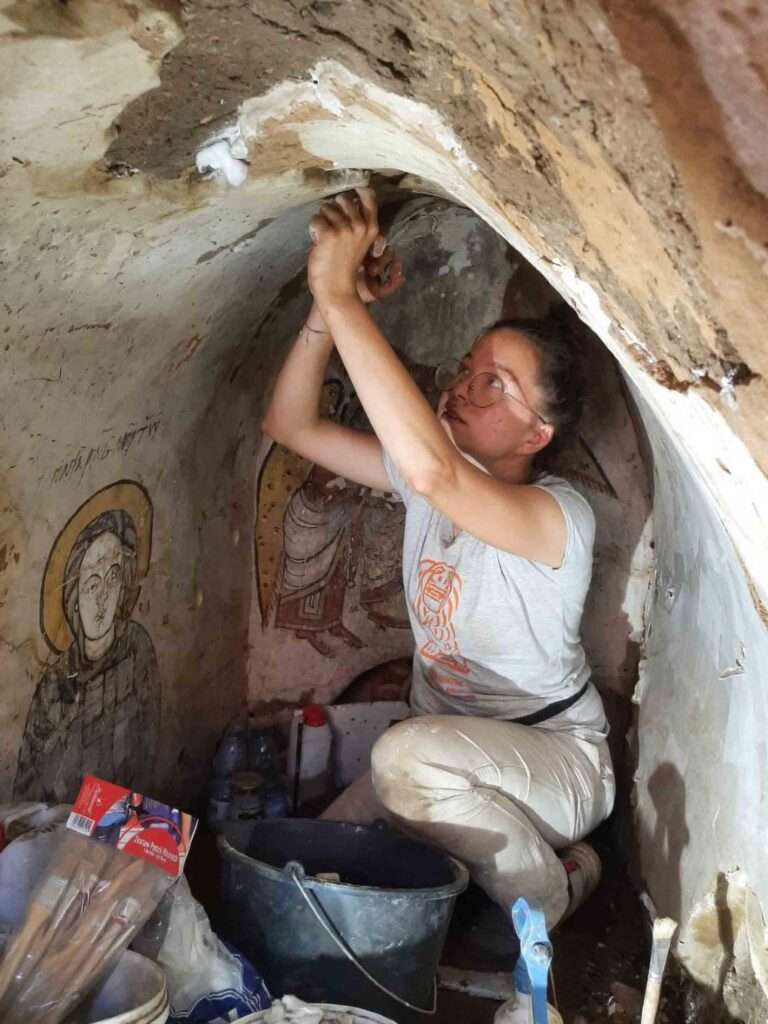
“The spaces themselves, covered with vaults and domes and made of dried brick, are quite small.
“The room with the painted scene showing king David resembles a crypt, but it is seven metres [22 feet] above the medieval ground level.”
The Secretary of the Archaeological Examination Secretariat at the National Authority for Antiquities and Museums in Sudan, Abd al-Hay Abd al-Sawi, told local media: “The archaeological team stood in amazement in front of the historical murals, which still retained their natural colours as if they were engraved today and had not been affected by eras.”
According to experts, the discovery has great artistic and historical significance that could revolutionise the way we view Christian art.
Experts hope that further excavations will provide answers to many questions that remain unanswered.
But for now, they will mainly focus on preserving the unique wall paintings and studying the inscriptions on them.
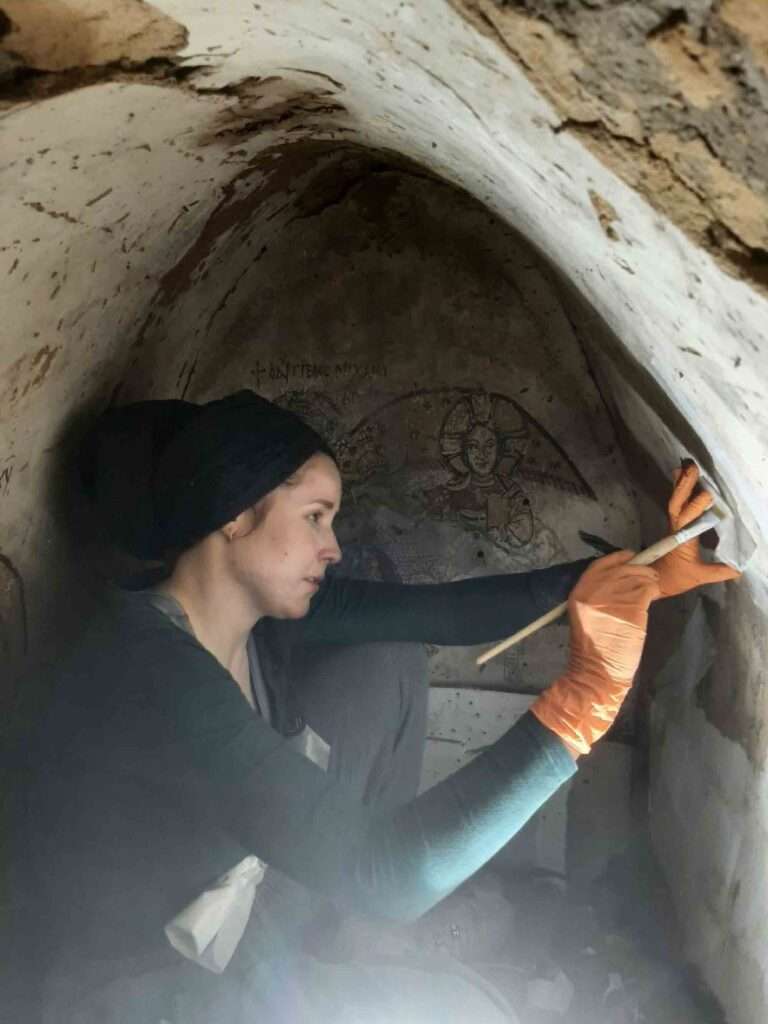
To find out more about the author, editor or agency that supplied this story – please click below.
Story By: Simona Kitanovska, Sub-Editor: Marija Stojkoska, Agency: Newsflash
The Ananova page is created by and dedicated to professional, independent freelance journalists. It is a place for us to showcase our work. When our news is sold to our media partners, we will include the link here.

